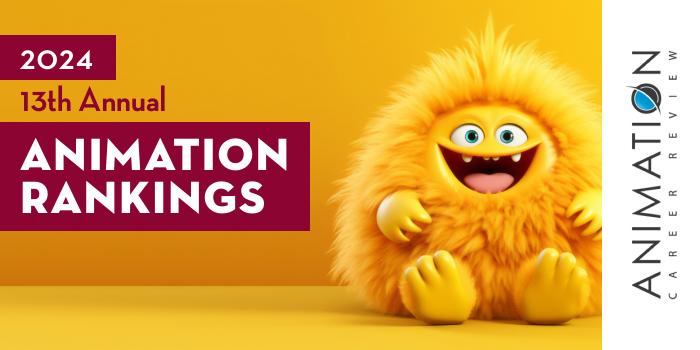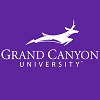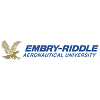Arizona State University (ASU) provides several paths to study animation across several institutes, departments, and schools. The Herberger Institute for Design and the Arts houses the School of Art; the School of Arts, Media and Engineering; the Design School; The Sidney Poitier New American Film School; ASU FIDM; the School of Music, Dance and Theater; and the ASU Art Museum.
The Herberger School of Art provides 13 undergraduate programs and five graduate programs. Minors are provided in Art History and Studio Art. Pathways for animators include the Art BFA with a concentration in Animation, and an Art MFA.
The ASU Herberger School of Arts, Media and Engineering houses the Digital Culture BA program. An interdisciplinary, 21 credit hour undergraduate minor is available, as well as an 18 credit hour Digital Culture certificate.
The Art BFA with a concentration in Animation consists of 120 credit hours of study. Course examples include The Art Experience; 3D Computer Imaging and Animation; Illustration; Animation Motion Studies; Storyboarding and Narrative Sequencing; and Junior Animation Projects I-II. Elective options for this program allow students to gain experience in other areas such as visual effects (VFX), game art and graphics, stop motion animation, screenwriting, prototyping, and experimental video art.
Other BFA program benefits include internship opportunities and the Animation Capstone completed across two courses. This culminating experience for the program consists of an independent short film or a full-length film produced as a team.
Art MFA students at ASU Herberger have the opportunity to complete projects in a discipline of their choice. Examples include animation, drawing and painting, intermedia, printmaking, and photography. All MFA students have access to private, state-of-the-art studio space at Grant Street Studios. Located in downtown Phoenix, the facility is also home to several galleries and resources such as a computer lab and 3D print lab, printmaking presses, and a photography darkroom. Other program highlights include workshops, visiting artist lectures; and teaching opportunities.
The Art MFA program at Arizona State University culminates in a solo thesis exhibition in Step Gallery, Northlight Gallery, or Harry Wood Gallery. All galleries are part of the School of Art.
Graduates of the Art BFA/Animation and MFA programs at Arizona State University are professionals in a range of creative, technical, and scientific industries. Examples include animation and film, robotics, medical illustration, scientific and data visualization, games and game development, cinema and television, AR/VR, illustration, and fine arts. ASU alumni hold titles such as Animators, Creative Director, VFX Artist, Multimedia Designer, Art Director, and Graphic Artist.
The Digital Culture BA in the Herberger School of Arts, Media and Engineering features many courses that allow students to focus in animation. Examples include Introduction to Computer Animation, Motion Graphics & Animation, Animating Virtual Worlds, 2D Digital Animation, Stop Motion Animation, 3D Computer Imaging and Animation, Experimental Video Art, Introduction to Animation for Film, and 3D Tools.
Graduates of the Digital Culture BA at Arizona State University have opportunities to work in areas such as animation and film, media arts, gaming and entertainment, computing, and communications.
Arizona State University opened on Feb. 8, 1886 as Territorial Normal School (TNS)—the state’s first higher education institution. On the first day of class, TNS welcomed 33 students to a four-classroom building in Tempe, Arizona. Today, ASU serves 145,655 students from across the U.S. and nearly 160 other countries. More than 800 degree programs are provided across four campuses, 16 colleges and schools, and ASU Online. Arizona State University is accredited by the Higher Learning Commission (HLC). Engineering at ASU is accredited by the Engineering Accreditation Commission of ABET.






